Why are “history mysteries” so popular? I’m talking about the ones that take place wholly in the past (think The Name of the Rose) as well as the contemporary thrillers in which people are obsessed with righting (or wronging) history—does Da Vinci ring a bell?

I think it has a lot to do with the evolution of secrets.
Think about it. Thanks to Access Hollywood and the internet and the ubiquitous cellphone with its increasingly ubiquitous camera, we know it the minute Lindsay Lohan either checks out of or back into rehab. Should a Congressman “innocently” send a couple of emails to his male pages or tap someone’s toes in a bathroom, we’ll see him crying crocodile tears of remorse in time for Sunday’s Meet the Press. The half-life of a secret today, about one news cycle, makes us yearn for that old-time secrecy. At least I do.
Could people keep more and better secrets way back when? Could they ever! Let’s take American Presidents for $200, Alex. Franklin D. Roosevelt and the most admired woman in the world, his wife Eleanor. How long did it take for the story to get out about FDR’s affair with Lucy Mercer, the one that led Eleanor to offer him a divorce in 1919? 35 years. Or People’s Exhibit 2: Dwight D. Eisenhower and his wife, Mamie. How long did it take for rumors about his Army driver, Kay Summersby, to emerge? A mere 28 years. And it’s not just us. Secrets involving the death of the Russian royal family are still coming out, 90 years later.
When I set out to write In Secret Service,
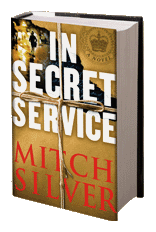
in which Ian Fleming reveals to posterity something nasty that happened in World War II and unintentionally jeopardizes the life of a contemporary Yale art history professor named Amy Greenberg, it was in the strongly-held belief that the older the secret, the juicier it is. (Hmm, I guess that explains The Clan of the Cave Bear.)
Possibly you’re thinking this is all so much hide-and-seek instead of literature, and possibly it is. In the 19th century, reading was thought to be part of one’s moral education. In most of the 20th, it at least took us out of ourselves and showed us how we were all part of the Human Condition. In the 21st century, while there are still literary novels that become bestsellers, the blockbusters are often thrill rides on paper. (Of course, Eco’s wonderful book was both.)
In a funny way, the thriller has to do more now than the classic 20th Century mystery: they just had to hook us to step into their world and keep us there, thinking our way step by step with Hercule Poirot or Perry Mason or Inspector Maigret. Today’s thriller has to recreate in the reader what the characters’ autonomic nervous systems are going through: confusion, hurt, love, anger, fear, joy…a literary lie detector apparatus with a direct hook-up from the character—in my case, Amy Greenberg—to us. Who said it has to do this? We did…the reading public.
Maybe this is the Me Generation coming home to roost, the triumph of feeling over thought. All I’m suggesting is that, in this mass market section of the fictional world, the direction has gone from moral uplift straight down—about 27” down, from the brain to the pit of the stomach, from the cerebral to the visceral…because the nature of secrets has changed. Today we’re not just plagued with the sexual peccadillos of our heroes; violence and its aftermath are on every tabloid cover and local news promo. Things that used to happen—and stay—in secret are now our lingua franca.
Those who choose the thriller over its cousin the straight detective mystery make “sensation” the word of the day. Remember, the thriller isn’t a thriller unless it puts the problem-solver…the uncoverer of secrets…into personal jeopardy, with the threats coming from all directions. I think when we pick up a story with an historical angle, we’re trying to have it both ways: give me the rush of a right-this-moment thriller and the authenticity of a decades- or centuries-old secret waiting to be revealed.
Next time, it might be fun to discover how tricky it is to write a book that mixes real historical characters with made-up ones. Oh, did I say tricky? I meant fascinating.
Mitch Silver has been an advertising writer for several of the big New York ad agencies. In Secret Service (Touchstone/Simon & Schuster)is his first thriller. You can visit him at www.MitchSilverBooks.com.




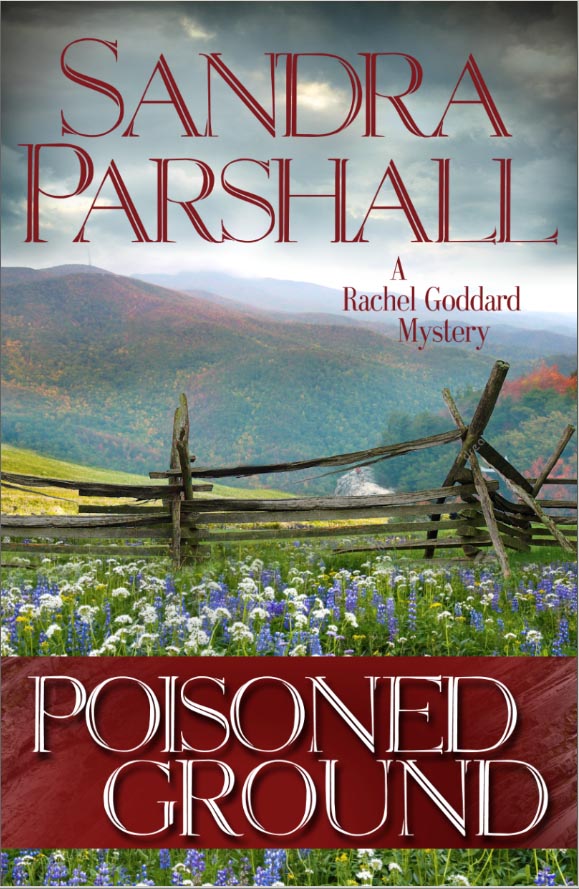
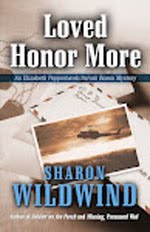

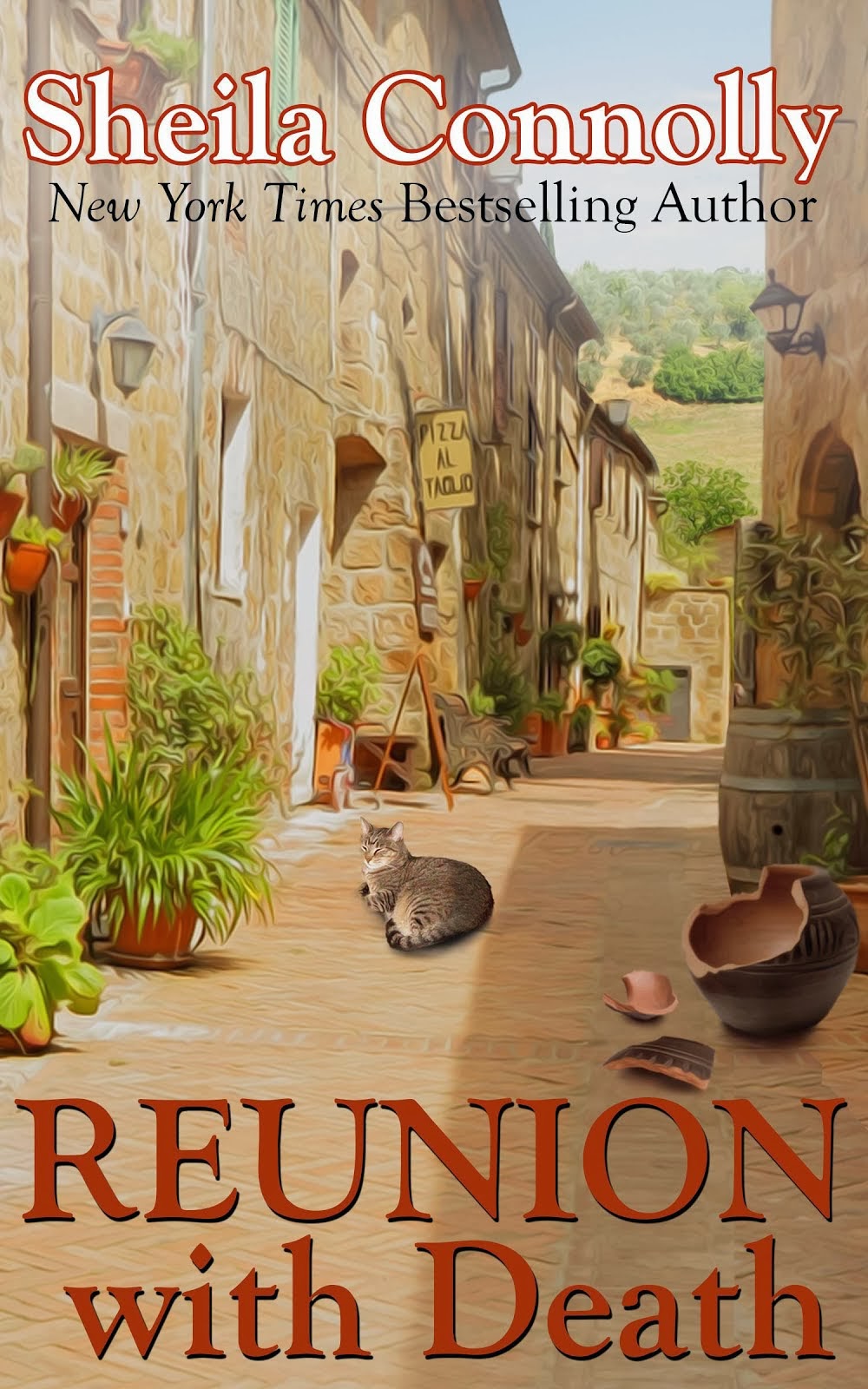
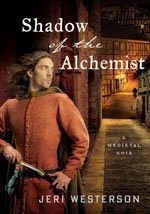

1 comment:
Mitch, a lot of people, including writers, don't understand the difference between thrillers and straight mysteries -- especially these days, when so many mystery writers are borrowing thriller elements to spice up their books. Your explanation is one of the best I've seen, and it makes me realize all over again that suspense and thrillers are what I most enjoy writing.
Post a Comment